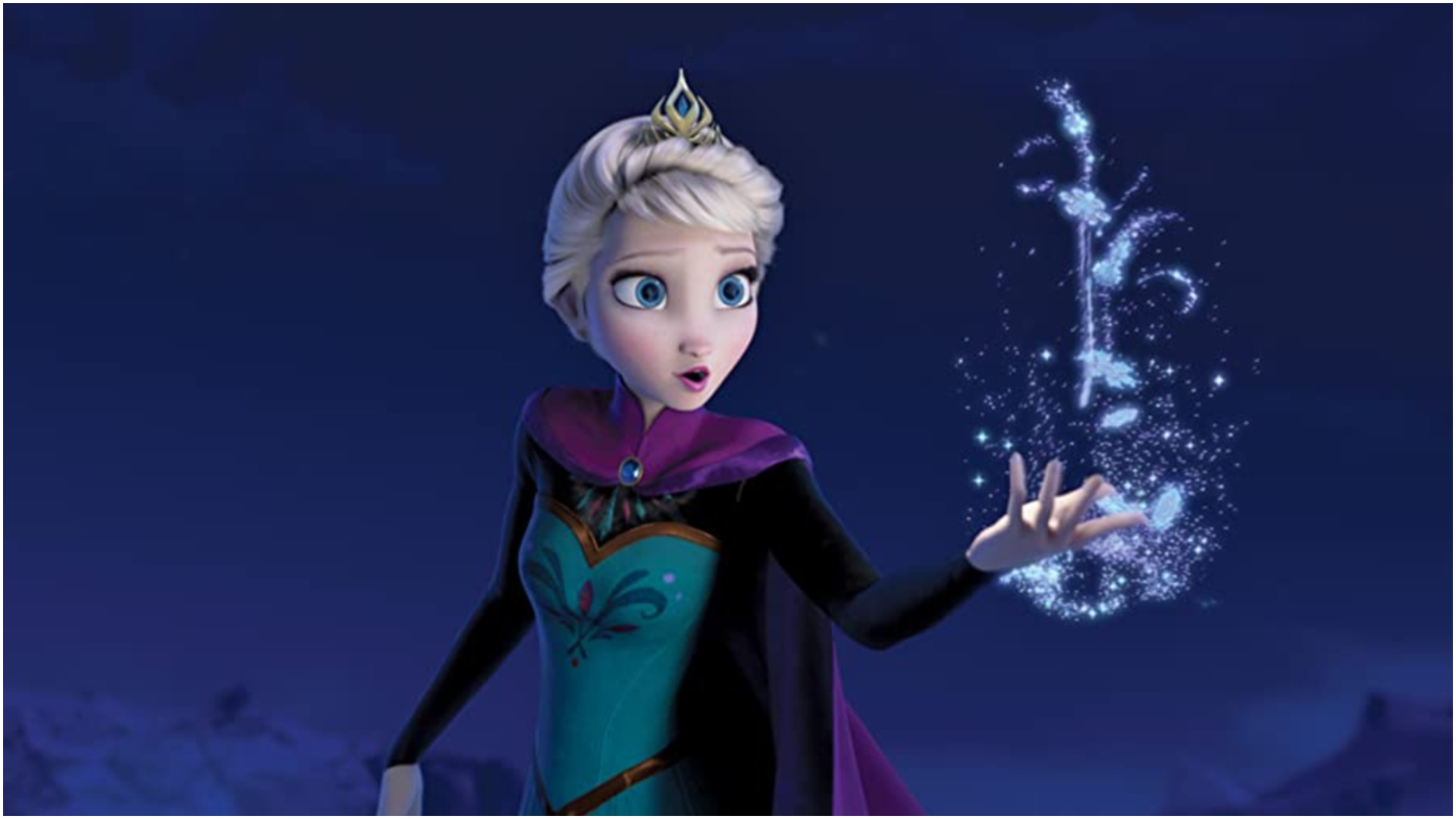One of the 20th Century's biggest unsolved mysteries might now have an answer... thanks to Disney's Frozen
The mysterious Dyatlov Pass incident could finally have been solved thanks to Disney's Frozen

The Dyatlov Pass incident, which has long puzzled internet sleuths, may finally have been solved thanks to Disney's Frozen.
As reported by National Geographic (H/T Comic Book), the technology used to animate snow in the movie – as well as some car experiments – might have put the mystery to rest once and for all. Check out the tweet thread below for a condensed explanation.
Buckle up, everyone, this story is *wild*.The 62-year-old Dyatlov Pass mystery, in which nine students died at the hands of an unknown force, has likely been solved thanks to the movie Frozen and gruesome car crash experiments.Me, for @NatGeo + thread! https://t.co/BOE9cUVEgbJanuary 28, 2021
If you're unfamiliar with the Dyatlov Pass rabbit hole, a basic summary is: Nine people died after setting up their tent on February 1, 1959, on the mountain Kholat Saykhl. The tent was found weeks later mostly buried under snow, apparently cut open from the inside. We'll spare you the gruesome details, but the bodies were eventually found scattered, some with severe, and apparently inexplicable, injuries.
Naturally, conspiracy theories abound about what caused these nine people to lose their lives in such strange circumstances, but it seems an avalanche is the best explanation.
John Gaume, the head of the Snow Avalanche Simulation Laboratory at EPFL, teamed up with Alexander Puzrin to try and re-create the events of February 1, 1959, via computer simulations and analytical models.
Gaume was particularly impressed by the portrayal of snow in Frozen. Following a meeting with the specialist behind the movie's snow effects, he used a version of the film's snow animation code to help with his avalanche simulations. This, along with a macabre experiment from General Motors in the '70s that involved hitting dead bodies with weights for seat belt research, helped potentially solve the Dyatlov Pass mystery.
Gaume and Puzrin discovered via their simulations, complete with the information gleaned from Frozen and General Motors, that a small avalanche could have caused such traumatic injuries to the campers, meaning a perfect storm of events lead to the incredibly bizarre deaths. In the General Motors tests, some of the bodies were fixed to inflexible supports – and on Kholat Saykhl, the victims had slept on top of their skis. So, when the avalanche struck, the injuries were more severe.
Bringing all the latest movie news, features, and reviews to your inbox
As for how an avalanche could have occurred, the winds mentioned in the campers' diaries could have led to an accumulation of snow above their campsite.
The placement of the bodies, and the sliced open tent, could be explained by the less-hurt campers escaping after the avalanche, and taking their more seriously injured friends with them – but this is pure speculation.
All in all, it’s a tragic and deeply strange story, and Gaume doesn’t think this explanation will be widely accepted: "People don’t want it to be an avalanche," he commented. "It’s too normal." It's fitting, then, that the mystery might have been solved in such an unorthodox way.

I'm the Deputy Entertainment Editor here at GamesRadar+, covering all things film and TV for the site's Total Film and SFX sections. I previously worked on the Disney magazines team at Immediate Media, and also wrote on the CBeebies, MEGA!, and Star Wars Galaxy titles after graduating with a BA in English.


